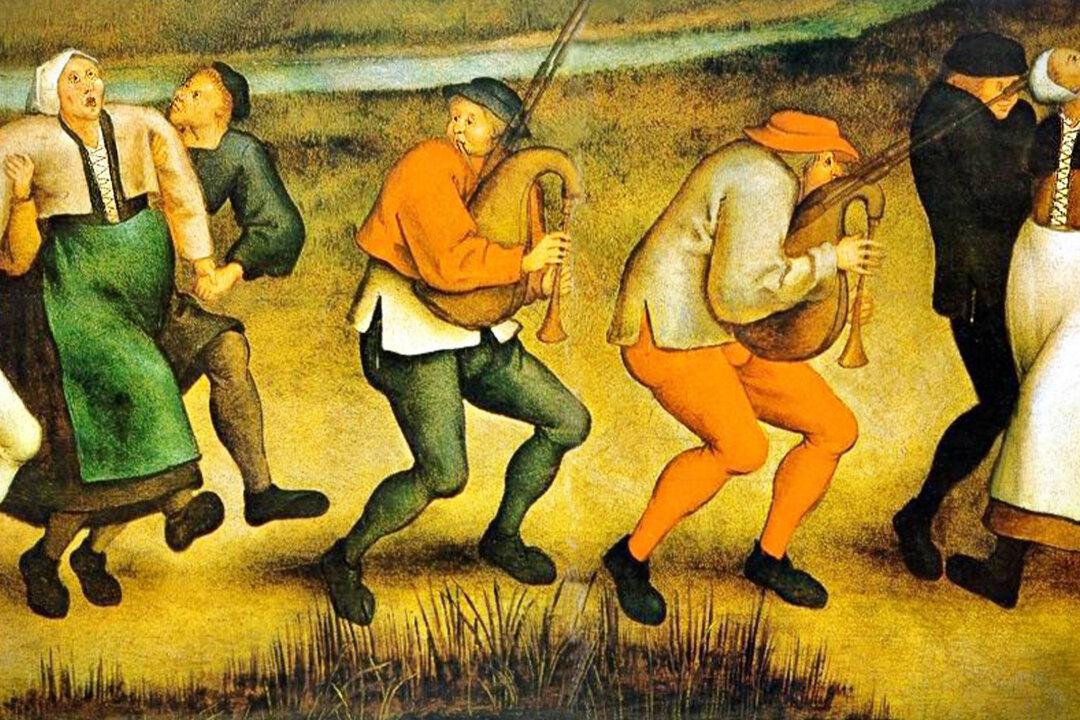Depictions of sea serpents, mermaids, and other mythical creatures have long furnished world maps from the 10th century, through medieval times, to the Renaissance. Despite their fantastical and oftentimes enchanting appearances, most of these creatures are based on true encounters with sea animals, demonstrating how mythology and folklore are begotten from reality.
Chet Van Duzer’s book “Sea Monsters on Medieval and Renaissance Maps,” published by the British Library, charts the evolution of these sea monster devices. Cartographers once employed them to adorn unexplored regions of the globe on maps and represent the possible dangers of seafaring. Many have assumed that these mythical creatures are the products of illustrators having a bit of fun or exerting creative license; many of the ocean’s creatures, including whales, walruses, and squid, were rarely seen in medieval and Renaissance times and were considered monsters. Artists had little to draw from.





